Stellantis, the automotive conglomerate, is making waves with its $6 billion investment in South America. The company is set to introduce hybrid-flex and plug-in hybrid-flex vehicles, blending traditional and battery-powered engines for enhanced efficiency. This move signifies a significant shift in the industry, as Stellantis gears up to launch over 40 vehicles in the region.
The investment aims to develop new internal combustion engines (ICEs) and flex-fuel engines that can run on gasoline and ethanol. Stellantis plans to roll out vehicles with hybrid-flex setups by 2025, with at least one fully electric car also in the pipeline. This strategic move is part of the company’s plan to invest between 2025 and 2030, emphasizing the importance of South America in its global operations.
India’s push for ethanol-powered vehicles aligns with Stellantis’ strategy, as the government aims to achieve 20 per cent ethanol blending in petrol by 2025-26. The roadmap for ethanol blending could save the country approximately $4 billion annually. Stellantis’ development of electrified flex-fuel engines reflects its commitment to sustainability and cost-effectiveness in the region.
Stellantis’ dominant market share in South America underscores its significance in the region, with strong footholds in Brazil, Argentina, and Chile. Toyota’s announcement of new ICE development also highlights the industry’s focus on internal combustion engines. As emissions regulations evolve, Stellantis and other automakers are adapting their strategies to meet changing requirements and consumer preferences.
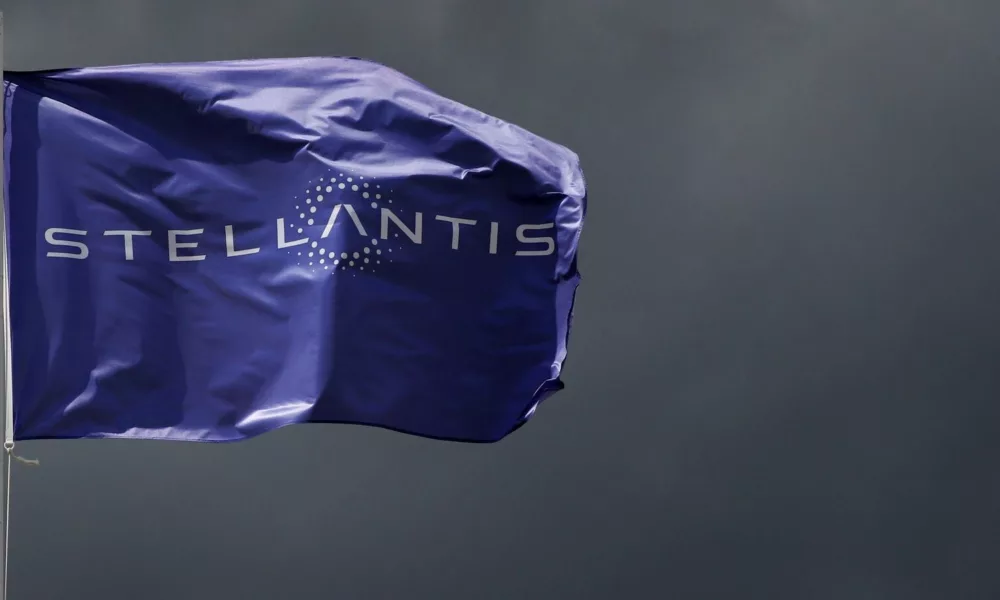
 Federal Investigators Question Ford’s Response to Fuel Leak Recall Amid Safety Concerns
Federal Investigators Question Ford’s Response to Fuel Leak Recall Amid Safety Concerns 5 Tips to Improve Ground Support Equipment’s Maneuverability
5 Tips to Improve Ground Support Equipment’s Maneuverability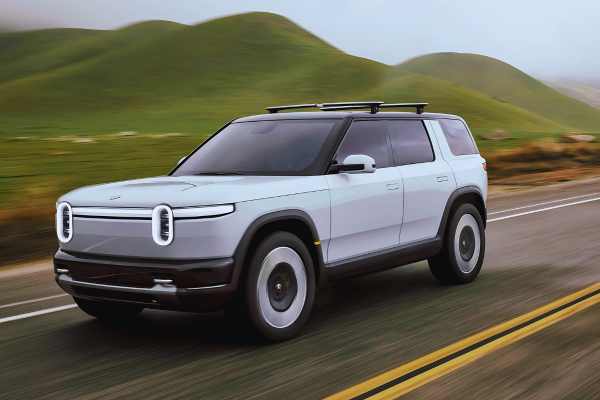 New Class-Action Lawsuit Accuses Rivian of Making Materially False and Misleading Statements
New Class-Action Lawsuit Accuses Rivian of Making Materially False and Misleading Statements A comprehensive guide to Electronic Stability Control (ESC): All you need to know
A comprehensive guide to Electronic Stability Control (ESC): All you need to know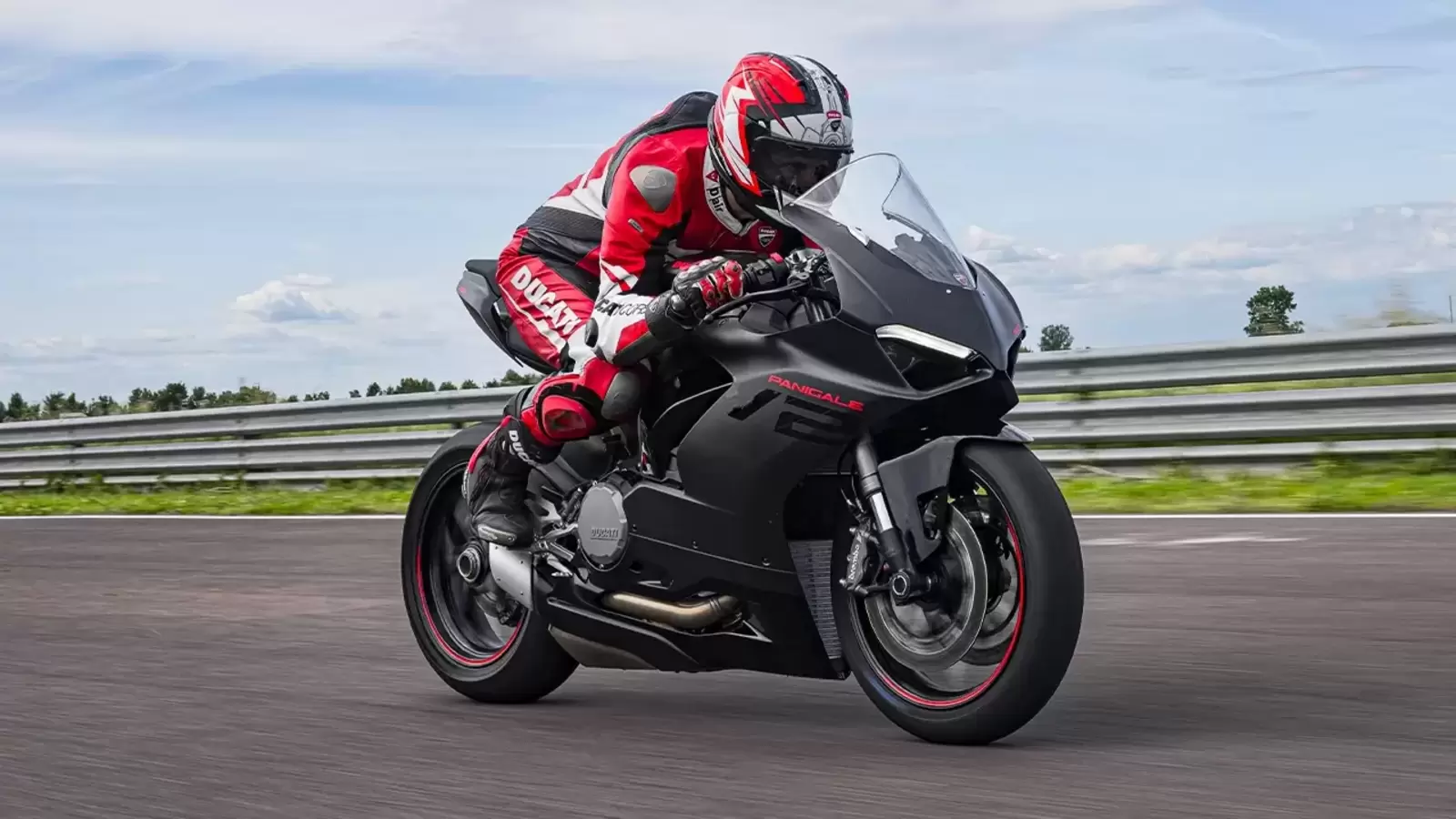 Bookings open for the Ducati Panigale V2 with sleek new black livery
Bookings open for the Ducati Panigale V2 with sleek new black livery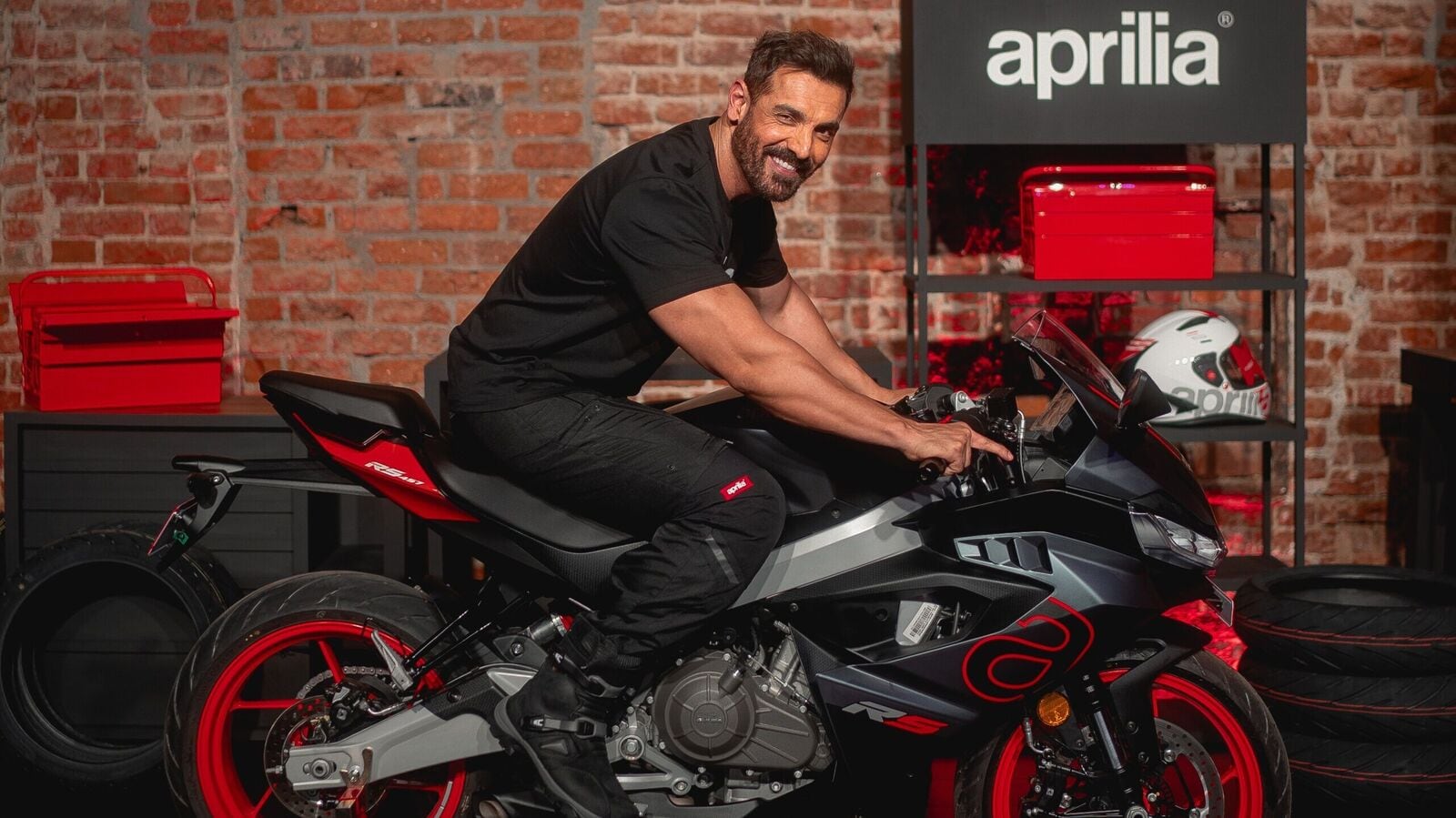 Aprilia India introduces actor John Abraham as its latest brand ambassador
Aprilia India introduces actor John Abraham as its latest brand ambassador Aprilia Tuareg 660 ADV 2024 Launched in India at a Starting Price of ₹18.85 Lakh
Aprilia Tuareg 660 ADV 2024 Launched in India at a Starting Price of ₹18.85 Lakh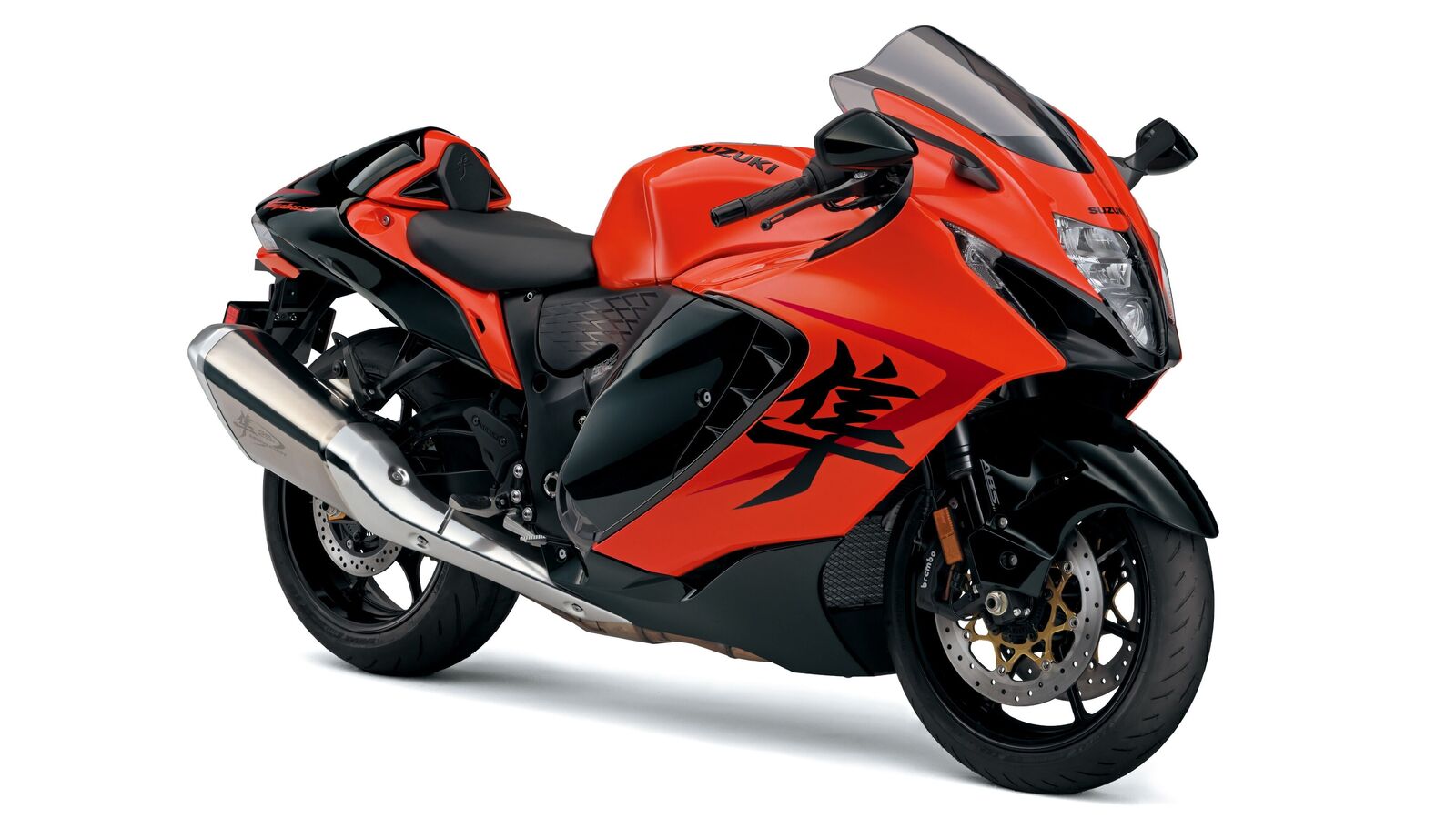 Suzuki Hayabusa 25th Anniversary Edition now available in India – Price revealed
Suzuki Hayabusa 25th Anniversary Edition now available in India – Price revealed